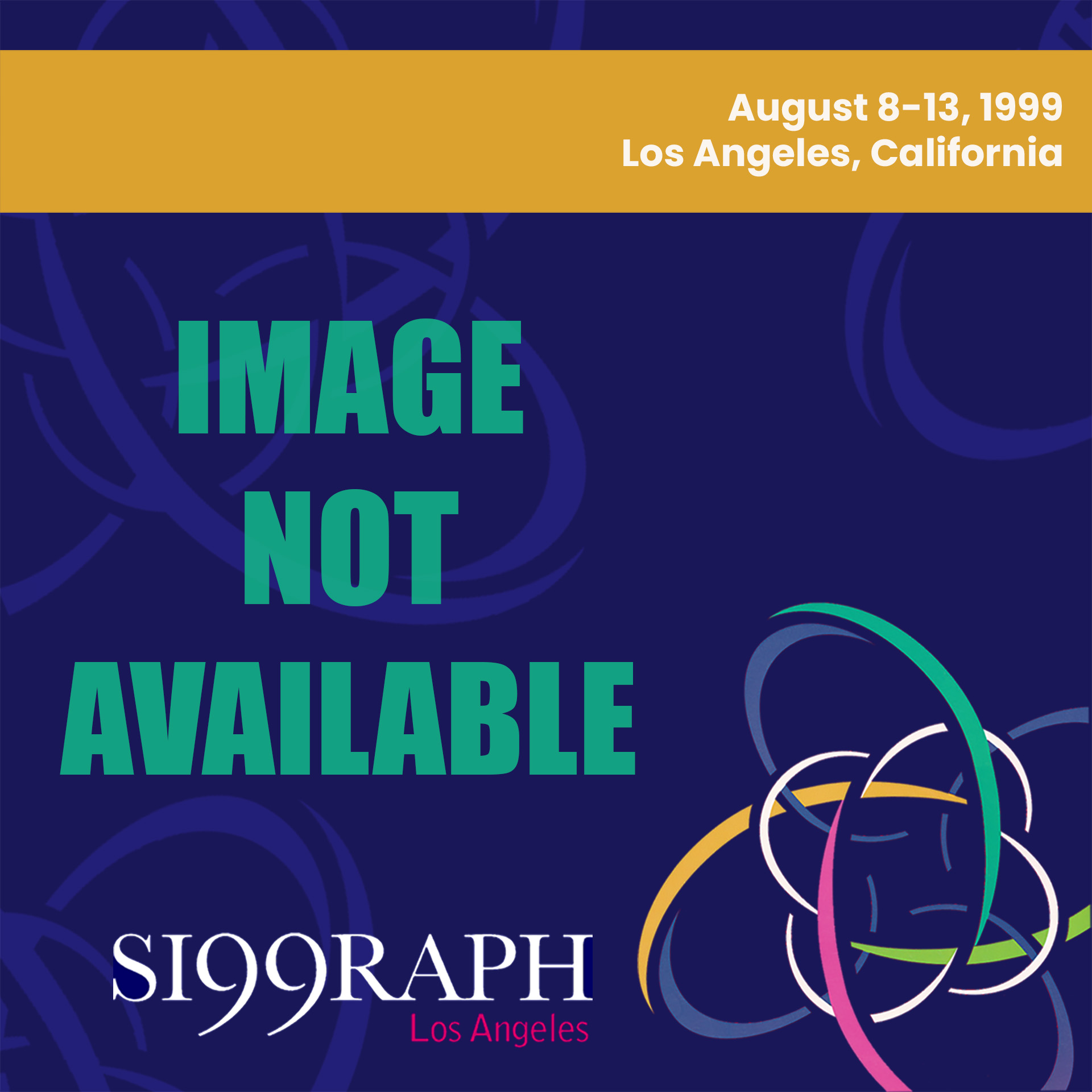“The Future in Computer Graphics Education” by McGrath
Conference:
Experience Type(s):
Title:
- The Future in Computer Graphics Education
Program Title:
- Electronic Schoolhouse (Classroom)
Organizer(s)/Presenter(s):
Description:
This panel presents recommendations for the future of computer graphics education developed at the Computer Graphics and Visualization Education Workshop (GVE 99), co-sponsored by Eurographics and SIGGRAPH, 3-5 July in Coimbra, Portugal.The GVE 99 workshop brought together many of the leading computer graphics educators from around the world to consider the future of computer graphics education. Their recommendations will influence many ongoing efforts in developing curricula, including a developing ACM/IEEE computer science curriculum study and a new effort in creating curricula for computer graphics in engineering. More information on GVE99 can be found at: http://www.ccg.uc.pt/GVE99/
The focus for GVE 99 was two-fold:
1. Teaching computer graphics and visualization.
2. Using computer graphics and visualization for education.
Participants in GVE 99 were selected from position papers reviewed by a distinguished international program committee. While some participants were invited to expand their position papers into papers to be presented at the workshop, considerable time was spent in organized discussions of future directions in computer graphics and visualization education. The recommendations and predictions from the workshop were distributed at both SIGGRAPH 99 and Eurographics 99 as part of the joint celebration of SIGGRAPH’s 30th year and Eurographics’ 20th year.
Panel topics include:
• Hardware and software technology for educational workstations.
• Tools for educational applications.
• Cognitive aspects of visual teaching and learning.
• New teaching paradigms such as interactive classrooms, tele-immersion, and
networked tele-collaboration.
• Developments in specific academic areas such as computer science, engineering,
and art.
Panel Chair
Michael B. McGrath
Colorado School of Mines
Position Statement: Engineering Education in the Future
The practice of engineering has been radically changed by graphical tools that model
the real world and allow interactive simulation.The challenge will be to develop
teaching, instructional materials, and curriculum, that will take advantage of these
tools.The emphasis in engineering will be on using graphics in education.
Panelists
Werner Hansmann
University of Hamburg
Position Statement: Computer Science Education in the Future
It can hardly be imagined that there could be any discipline that has no need whatsoever for graphics as a powerful means of communication. There is an increasing demand for graphical tools to become more and more sophisticated. Hence the challenge for computer graphics curricula (mostly as part of a general computer science education) is to provide appropriate foundations that will enable future developers of graphical tools to meet that demand.
Dena E. Eber
Bowling Green State University
Position Statement: Educating Artists in a Digital Medium
Against all odds (and budgets), computers have recently emerged on the scene in university art departments across America. As part of this rapid change, unique digital art forms are taking shape. From imaging, digital painting, and 3D modeling to interactivity, video, and 3D animation, graphic technologies in the arts have the power to be an expressive medium, thus forging new educational and aesthetic concerns for computer art educators. Among many issues, three emerge as paramount. Art educators must:
1. Provide a balanced curriculum that includes traditional art, a computer art focus, and computer science.
2. Teach beyond what I call the “wow” factor.
3. Help students use the technology to express themselves through works of art.
Judith R. Brown
University of Iowa
Position Statement: Enabling Educational Collaboration
Tele-immersive collaboration can provide new learning experiences and insights by bringing together educators and students from remote locations in a shared virtual space. The visualization lab has long been the crossroads between research and education. As virtual reality technologies have recently enabled scientists to better understand their data through immersive exploration, so are these technologies enabling students to better understand new concepts. Inter-university student explorations are an exciting new way to learn. Enhanced computer graphics and tools for interaction, along with high-performance networks, enable a shared learning environment.
Jose Carlos Teixeira
University of Coimbra
The emergence of multimedia technologies and tools, the Internet, and the huge volume of educational information require new skills both for educators and students. Therefore, computer graphics is a crucial ingredient for the new generation of computer-supported learning material. In recent years, different approaches have been developed to answer technological and pedagogic challenges in education and training. It is important to review issues considered in some specific educational projects and apply them to different learning scenarios.
A similar panel is scheduled for Eurographics 99 in Milano, Italy, in September, for dissemination to and input from Eurographics educators.
Moderator:
Mike McGrath
Colorado School of Mines
Panelists:
Werner Hansmann
University of Hamburg
Dena E. Eber
Bowling Green State University
Judith R. Brown
University of Iowa
Jose Carlos Teixeira
University of Coimbra





